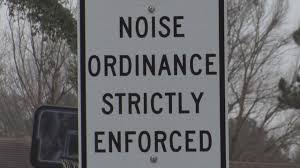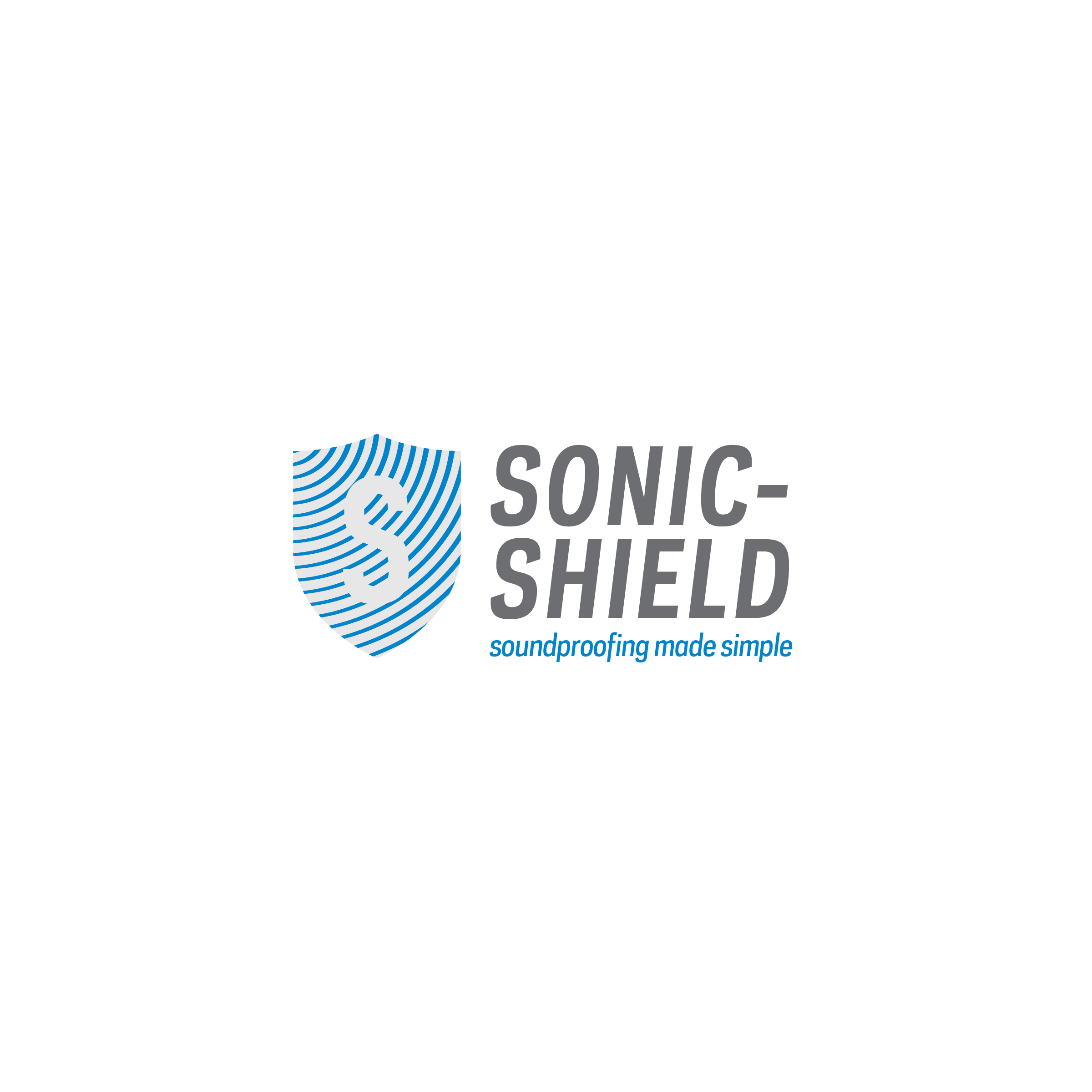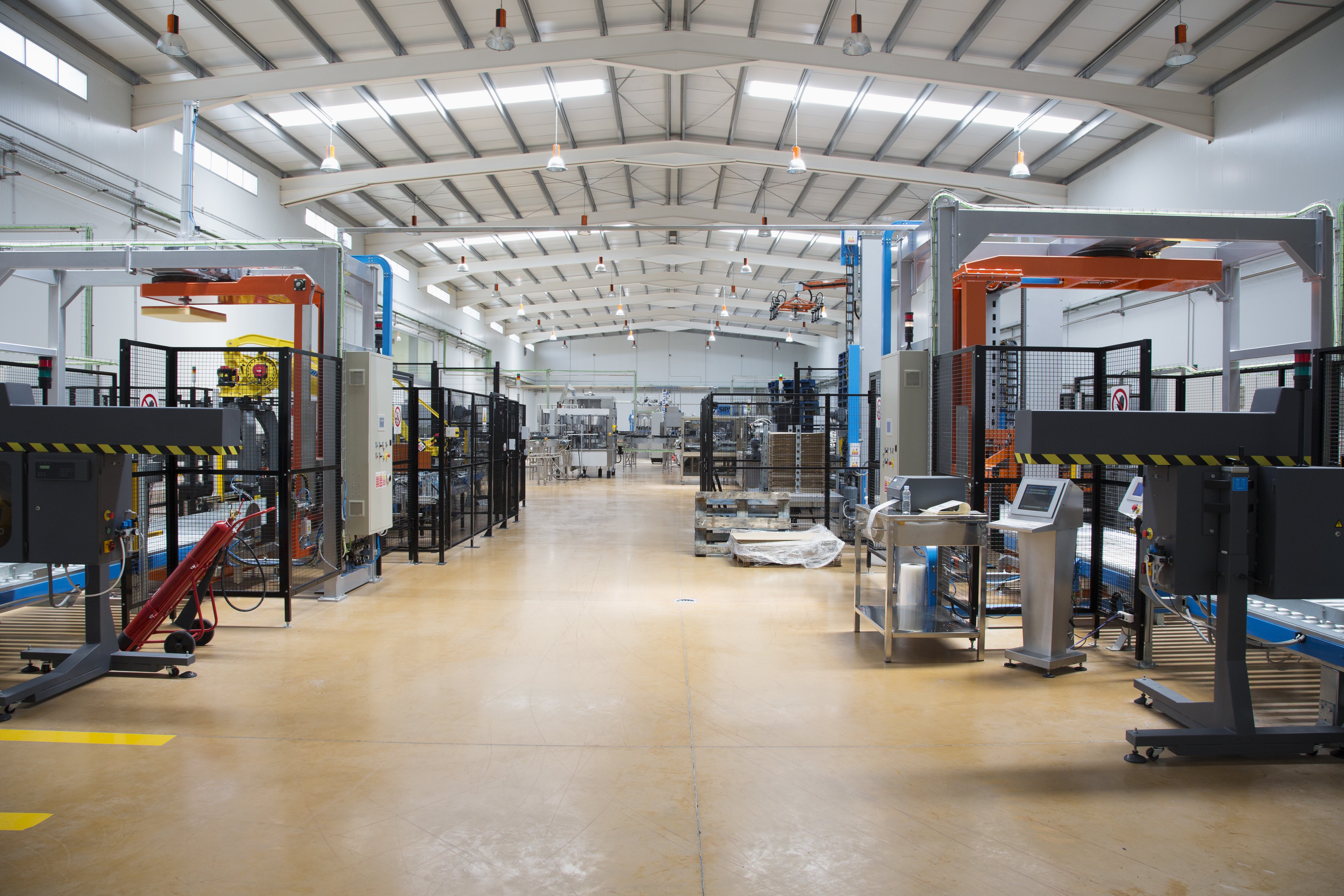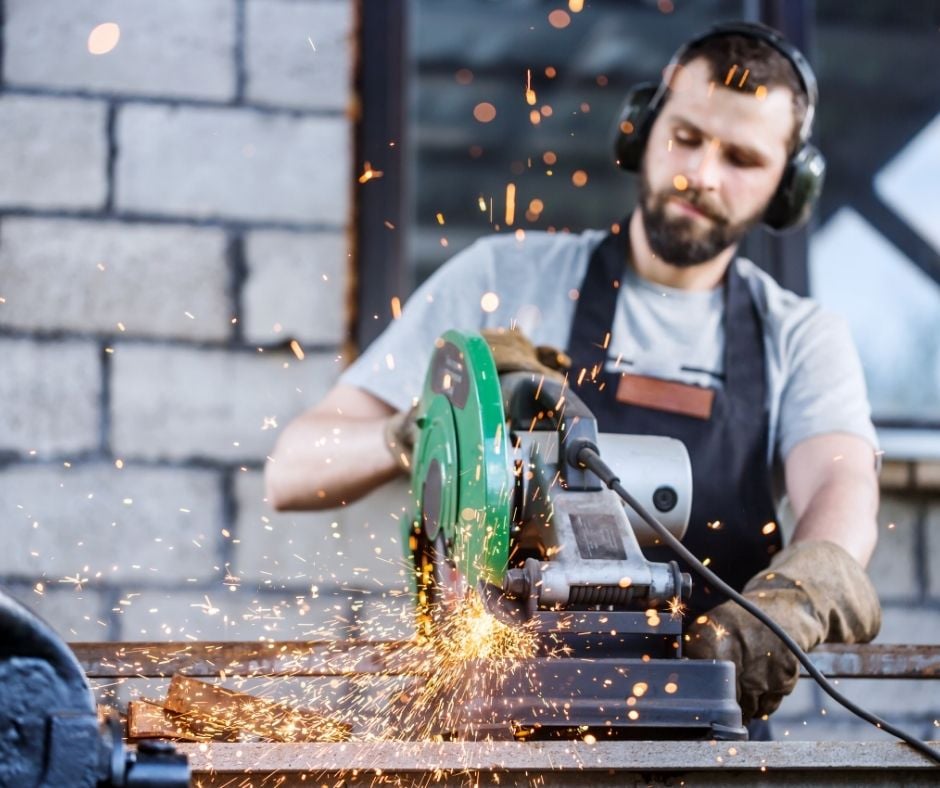
At this exact moment, you’re hearing things – whether you realize it or not. Maybe it's the “quiet” din of a busy office, your dog playing with a toy in the other room, airplanes overhead or sirens in the distance. Whatever the sonic landscape may be for you at this exact moment, there is always something to hear.
While that may seem harmless and normal, if you live in a big city, many of the sounds you hear on a daily basis could very well be making you sick, according to a recent article in The Atlantic. Noise pollution is still pollution – and it’s everywhere.
The Harmful Effects of Noise Pollution
Unlike other injuries, hearing damage is irreparable – and it’s more than lowering the volume in your head. Eventually, sounds at certain frequencies just vanish – birds, human speech, wind rustling through leaves, and more. While there are certain practices that can help avoid hearing loss – controlling volume for music and TV, avoiding the use of earbuds and using ear protection at concerts – the prospect of actively protecting yourself from high levels of environmental noise can seem daunting.
For example, people living in cities are regularly exposed to noise above 85 decibels from traffic, subways, industrial activity, and airports which can cause significant hearing loss over time. Further, urban life also sustains average background noise levels of 60 decibels, which is loud enough to raise blood pressure and heart rate, cause stress, loss of concentration, and loss of sleep. Sirens, for example, blare at 120 decibels, a level that corresponds to the human pain threshold, according to the World Health Organization.
As people return to cities from suburbs, they long for sonic control in and around their homes and places of business – and understandably so. Some of the very places that have been celebrated for the revival of cities – arts and music venues – are, at the same time, being vilified for their contributions to noise pollution.
Surprisingly, the most harmful noise doesn’t come from clubs, venues and house parties. In fact, the two largest sources of environmental noise are transportation and industrial activity.
Industrial operations produce noise at 80 to 89 decibels – loud enough to do severe damage to hearing over time – with some sounds loud enough to cause hearing loss after only 15 minutes of constant exposure. To further compound the issue, many homes built near industrial zones are older ones, often built without insulation and fireproofing that can block noise or subfloors that can help isolate vibrations and the noise that vibration causes.
Mitigating Noise Pollution
In architecture, acoustics should play a much greater role in all structural planning, from apartment buildings to the grandest concert halls. And noise control should be a consideration from the very first planning stage – not an afterthought.
As such, Sonic-Shield’s acoustical engineers have performed numerous outdoor noise surveys on behalf of residents, businesses and communities to determine compliance to community noise ordinances, performing acoustical tests using a Class 1 Sound Level Meter (SLM) which establishes ambient and operating noise levels in order to help identify noise transmission paths.
Once these paths are understood, we perform acoustical tests over longer durations and at different times of the day and/or night to establish noise patterns of the ambient and operating noise levels. We then download and analyze the data to determine compliance with community noise ordinances and create a ‘sound map’ of the community.
Our engineering staff has advanced technical capabilities and works with instrumentation that can assist communities, businesses
If you’re currently dealing with noise pollution that requires an immediate solution or have the luxury of planning for a problem that may exist in the future – indoors or outdoors – we would love the opportunity to help. Contact one of our soundproofing experts today.




